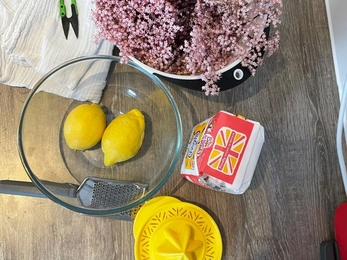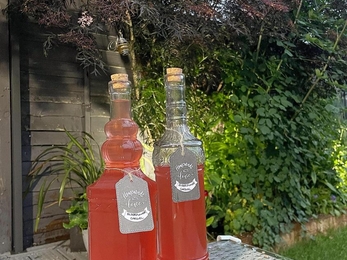A shrub of woodland edges, hedgerows and grassland scrub, elder can also be found on waste ground, in cemeteries and even on rubbish tips. It prefers rich, fertilised soils, so is a common sight in urban areas and on cultivated ground.
Feared by the devil but favoured by foragers, the plant was once renowned for its magical properties - if you burned it, it was thought that the Devil would appear, but if you kept it by the house, you could keep him at bay. The plant also has a long history of human consumption and is used in a variety of foods.
Elder has strong-smelling, compound leaves, with are divided into five to seven leaflets. It displays white 'umbels' (umbrella-like clusters) of flowers in May and June, and glossy, black-purple berries come autumn.
The flowers provide nectar for a wide range of insects, whilst the berries are eaten by birds and mammals. Animals such as dormice will eat both the berries and flowers of elder and many different moth caterpillars feed on the foliage.
Regularly used in cooking - the autumn berries and spring flowers can both be eaten (the latter sometimes battered and fried), and the blossom can be used to make the popular elderflower cordial.
You can find an easy cordial recipe below, but remember, never eat a wild plant unless you are 100% sure of its identity.



